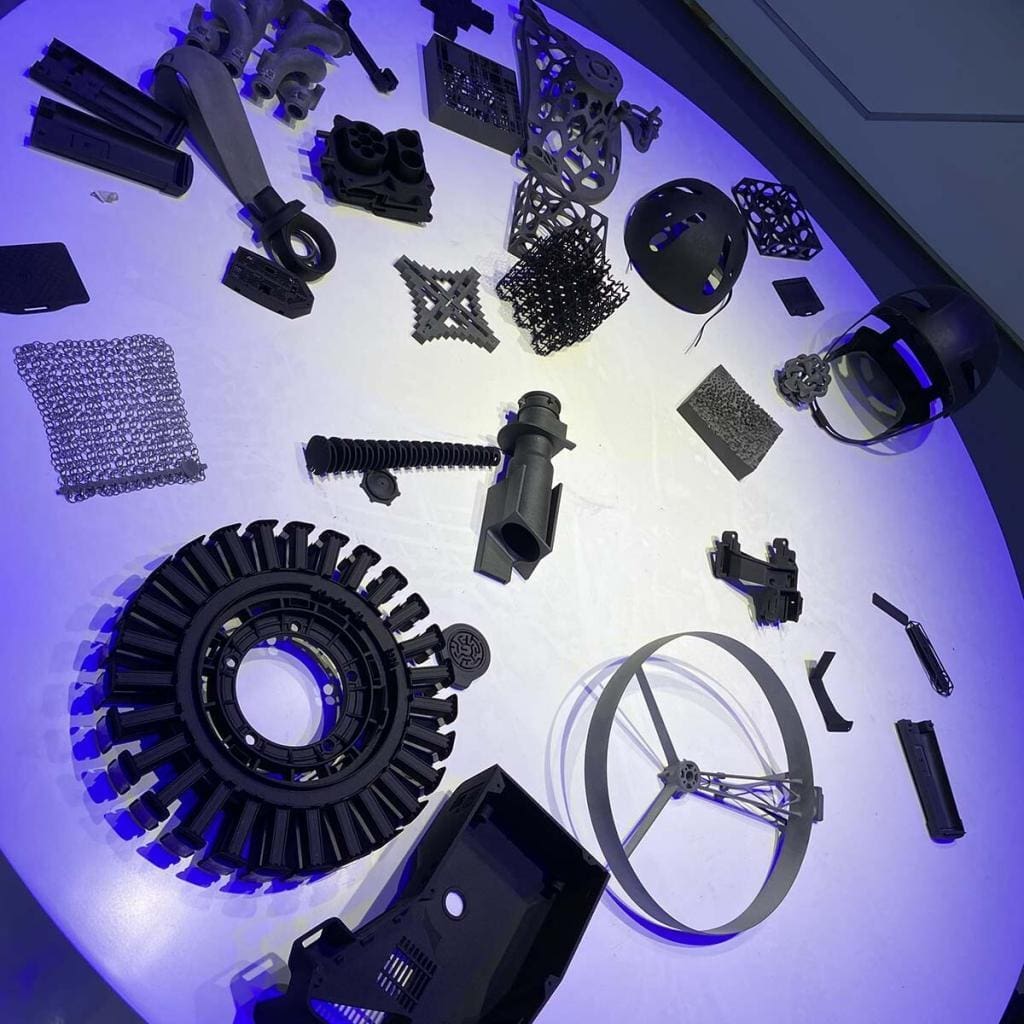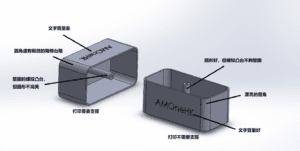In the early morning of March 12, 2023, NanJiXiong continued to the startup of 3D printing rocket company-Relativity Space-second launch was relayed, and the first on March 9 had to be postponed until today because of propellant problems. However, after waiting for more than three hours, the launch of the world's first 3D-printed rocket failed again, this time due to weather, transmitter problems and range safety issues, and it failed to lift off within the launch window, forcing another delay.

The 3D-printed rocket, called Terran 1, was scheduled to make its first flight from Launch Complex 16 at the Space Force Station in Cape Canaveral, Florida, in a three-hour window from 1:00am to 4am Beijing time on March 12. Despite three attempts, the rocket could not be launched after two temporary halts, one of which was to start the engines, and another in which a vessel intruded into the maritime security zone.
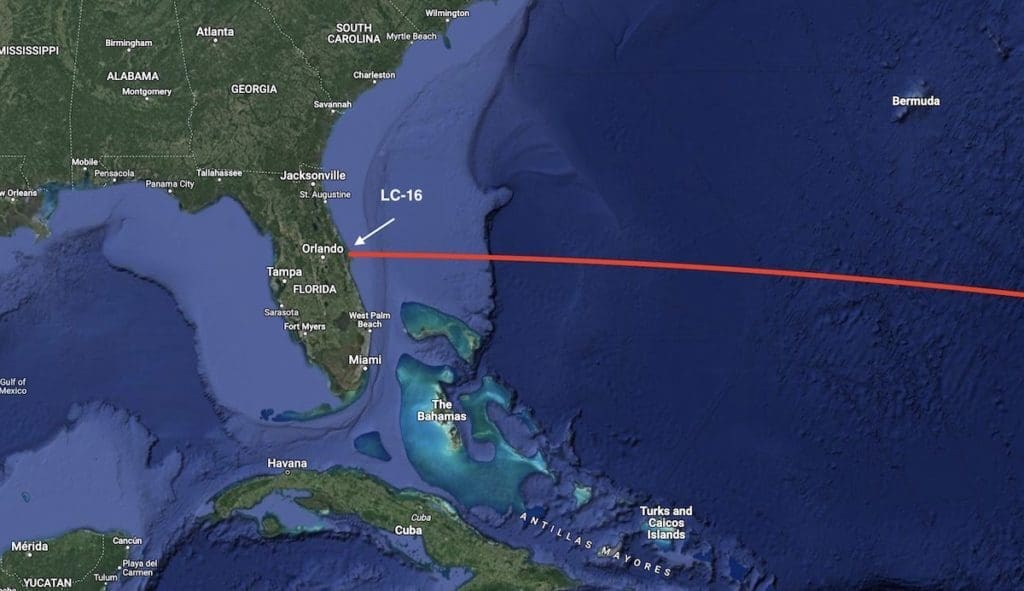
"Our team has high hopes for launching our Terran 1, but we will continue to take a cautious approach so that we can eventually see this rocket reach its maximum altitude," Tizani Kelly, test and launch technology program manager at Relativity Space, said in live launch commentary.
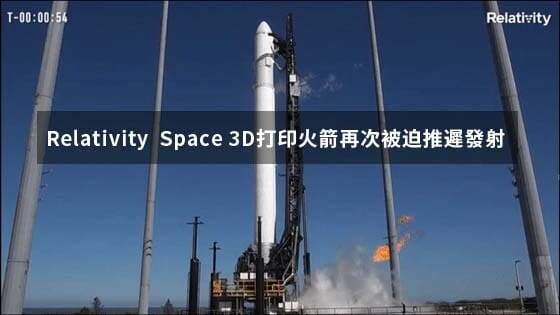
Relativity Space's attempted launch of Terran 1, a 110-foot (33-meter) rocket developed to launch small satellites into low-Earth orbit. First, the launch was delayed by more than an hour because of upper-level winds. Then, the first attempt to launch Terran 1 was foiled 70 seconds before liftoff by a ship that apparently drifted within the restricted launch range.
The company then tried to launch Terran 1 again, but aborted itself less than half a second before liftoff. The rocket's nine Aeon 1 engines briefly fired and then shut down due to "a violation of launch submission standards," according to launch director Klyvok. The company later said problems with the automation of rocket stage separation led to the abort.
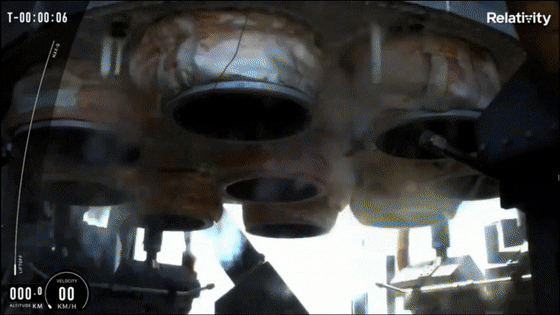
The third attempt in this time window was aborted 45 seconds before liftoff. Relativity Space said via Twitter that the abort was caused by a fuel pressure problem in the second stage, which was 1 pound per square inch (PSI) too low. So the second launch, on March 12, failed after three attempts, and Relativity Space was forced to postpone the launch again.
Relativity Space Terran 1 rocket, the largest prototype of a fully reusable launch vehicle, Terran R, is the first booster to be built primarily through 3D printing. About 85 percent of the rockets are 3D-printed at the Long Beach, California-based plant, with only components such as rubber washers, computer chips and valves being non-3D-printed.

Terran 1 uses liquid methane and liquid oxygen (or methoxane) as fuel, making it the first U.S. orbital rocket to reach orbit with this hybrid fuel. It aims to carry payloads of up to 2,700 pounds (1,250 kilograms) to low-Earth orbit for $12 million per flight. If Terran 1 is successful, Relativity Space will use its 3D printing technology to build the larger Terran R, which is expected to be able to deliver payloads of up to 44,000 pounds (22,000 kg) into orbit.

Relativity Space CEO and co-founder Tim Ellis had said he would be happy if Terran 1 managed to leave the launch pad and survive the maximum dynamic stress phase of the flight. The main goal, he repeatedly said, was to prove that Relativity Space's 3-D printing process could build rockets quickly and cost-effectively.
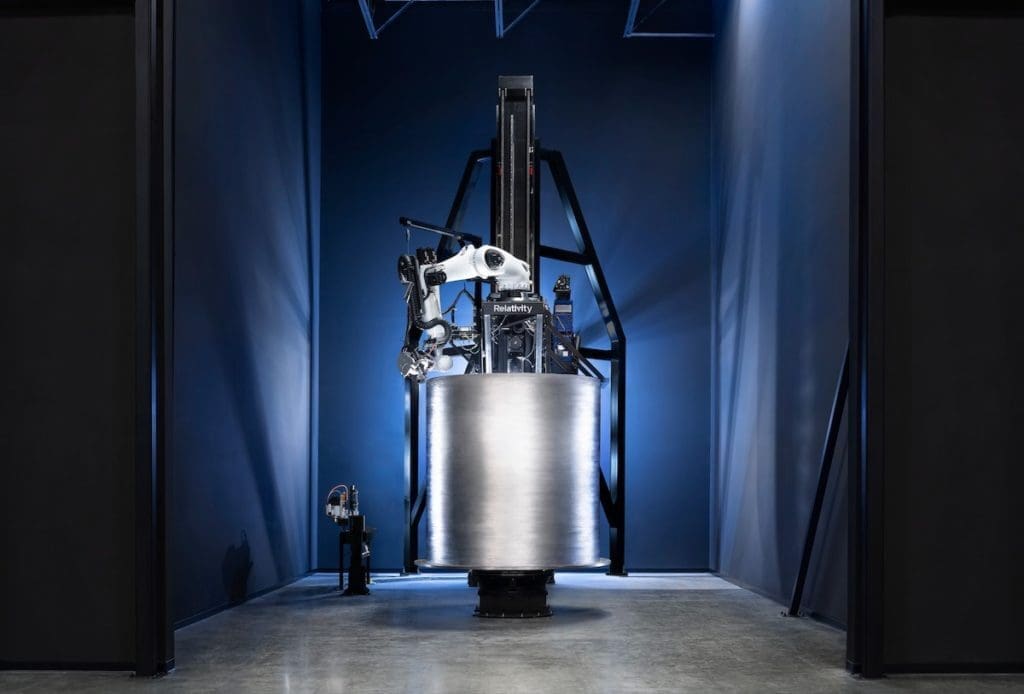
Ellis posted on Twitter: "This release will not affect our long-term success, this release will provide us with useful data and insights that will allow us to be better prepared for the next launch, and is an excellent learning platform for developing technologies directly applicable to Terran R, giving us confidence that we are ahead of the game in becoming the next great launch company."
Source: 南極熊

